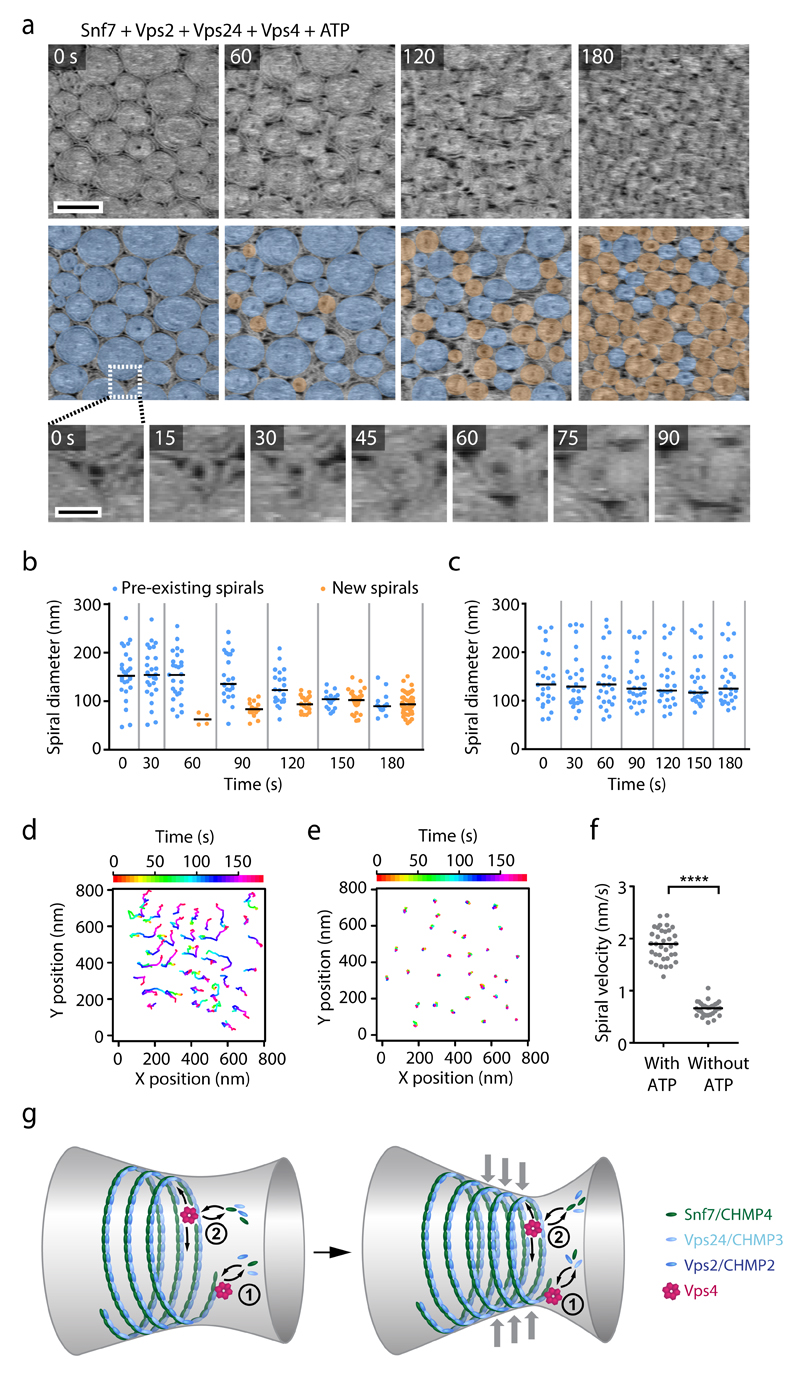Figure 8. Vps4 induces dynamic reorganization of ESCRT-III assemblies.
HS-AFM imaging of ESCRT-III polymers on supported lipid membranes. (a) Snf7 was polymerized on supported lipid membranes, followed by addition of Vps2, Vps24, and Vps4. Then, Mg2+ and ATP were added and imaging was started 5.5 min later (t = 0). Overlays highlight pre-formed spirals (blue) or newly formed spirals (orange). Bottom panels show a close-up of the nucleation of a new spiral. Images represent averages of 3 consecutive time frames to improve the signal-to-noise ratio. Scale bars, 200 nm (top panel) or 5 nm (bottom panel). (b) Quantification of spiral diameters from a (274 spirals from a representative experiment, from a total of 3 independent experiments). Dots represent single spirals; bars indicate medians. (c) Quantification of spiral diameters from Fig. 6g (175 spirals from a representative experiment, from a total of 6 independent experiments). Dots represent single spirals; bars indicate medians. (d) Tracking of spiral centers from a. (e) Tracking as in d, but for an experiment without ATP and Mg2+ as shown in Fig. 6g. (f) Quantification of mean velocity of spiral centers from d, e (n = 34 spirals for with ATP, and n = 31 spirals for without ATP, for a representative experiment per condition, from a total of 3 or 6 independent experiments, respectively). Statistical test using the two-sided Kolmogorov–Smirnov test yielded P = 4.441e-16 for spiral velocities in the presence of ATP relative to velocities in the absence of ATP. Dots represent single tracks; bars indicate medians. (g) Model of dynamic ESCRT-III assembly and constriction. Vps4 mediates continuous subunit turnover in ESCRT-III assemblies during growth and constriction. (1) At the tip, dynamic turnover of growth-inhibitory Vps2 and Vps24 subunits could sustain extension of inward-curving filaments. (2) At the core of filament bundles, Vps4-mediated subunit turnover could facilitate sliding of neighboring helical turns to promote constriction.

